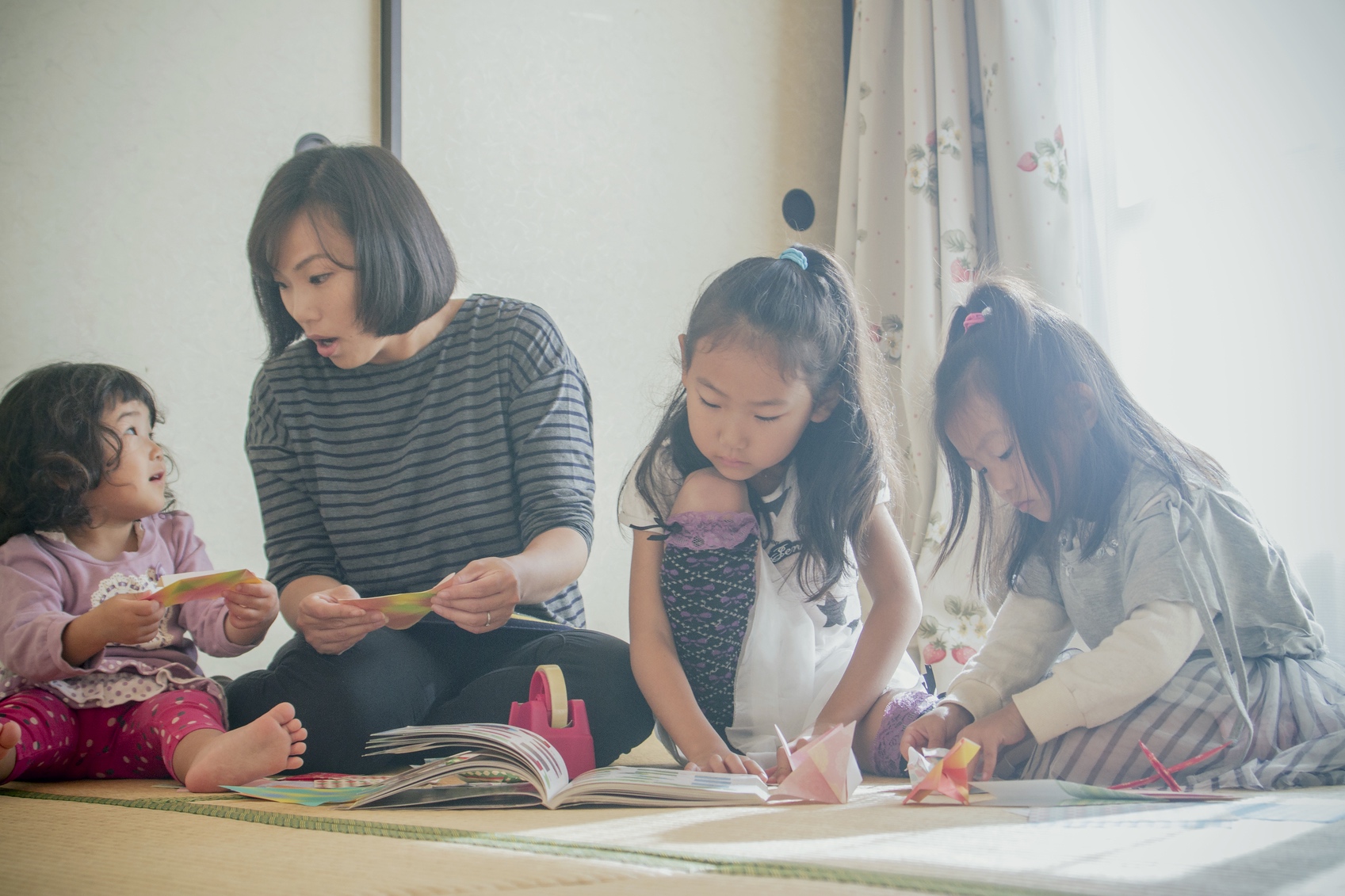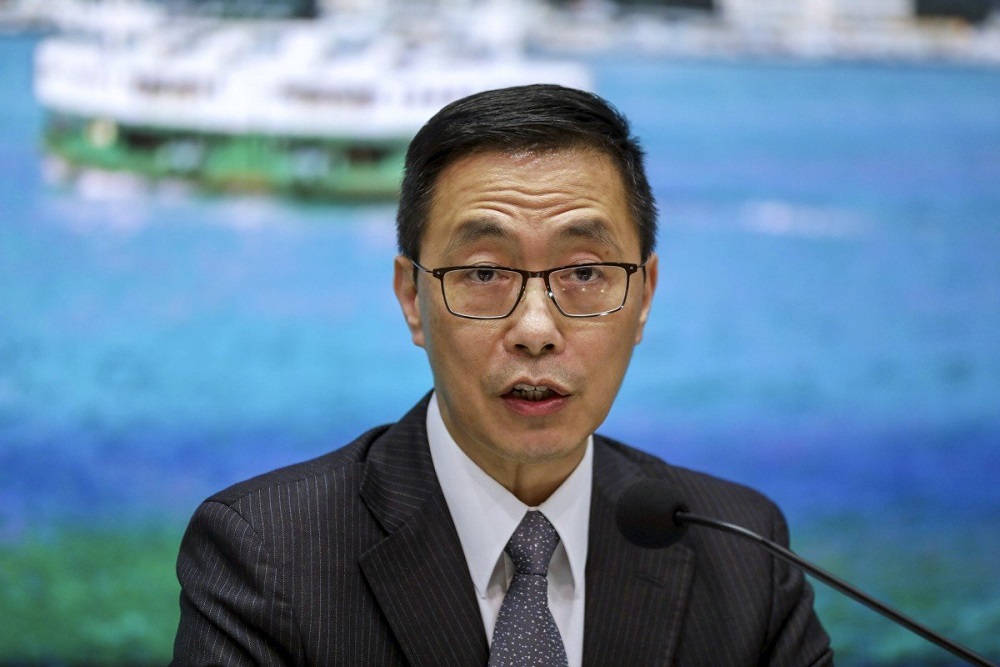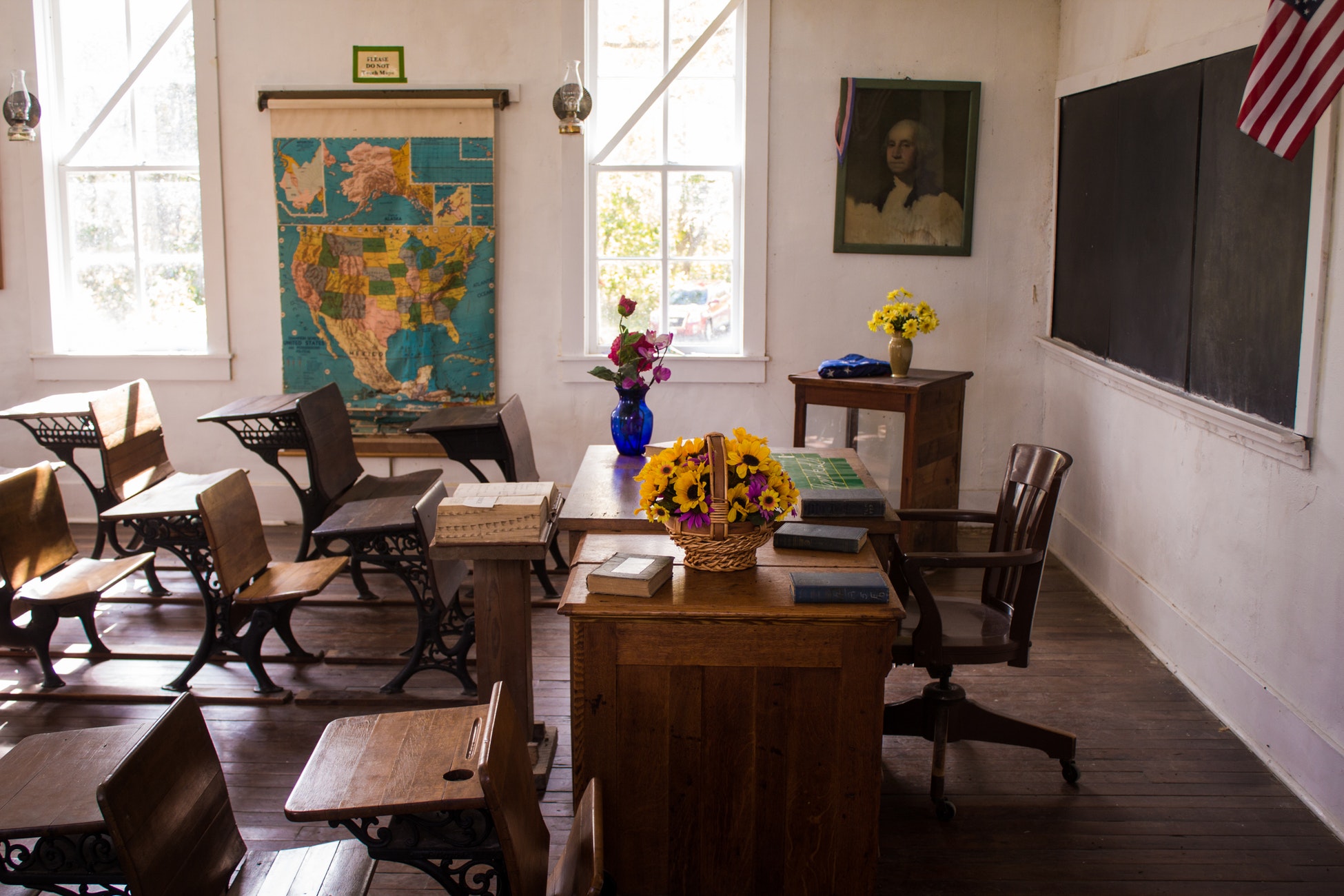Free schools in Japan helps futoko students cope up with the pressure from primary schools.
Increasing cased of futoko
JAPAN – A phenomena called futoko is handing out a serious concern in Japan’s education system. Futoko is the Japanese term for students being absent from school for more than 30 days, with reasons unrelated to sickness or finances.
In 1992, school refusal was called “tokokyoshi”, which means resistance and was considered as a mental illness. In 1997, the term was changed to futoko, a more neutral term meaning non-attendance.
Last October 17, the government announced its growing concern over the record hitting rise in absenteeism among elementary and junior high school students. According to data, from 144,031 students in 2017, it grew into 164,528 students by 2018.
Free school movement
In the early 1980s, Japan started the free school movement as a response to early incidents of futoko students. Free schools act as an alternative school where children are allowed freedom and individuality.
With the rise of futoko incidents in Japan, it also has a parallel effect on the rise of enrollees for free schools, from 7,424 in 1992 to 20,346 in 2017.
Alternative schools play a vital role in maintaining sanity for students who dropped out of primary school. Children who drop out of school experience withdrawal from society and the preference of being alone. The Japanese term for this is hikikomori.
More importantly, cases of dropping out of school are related to suicide in Japan. In 2018, the number of school-related suicides was at 322, the highest in 30 years.
Why do students drop out?
According to a survey by the ministry of education, peer issues, family problems, and school bullying are the primary reasons for student dropouts.
In addition, there are also special cases that the survey wasn’t able to account for, such cases like selective mutism. Selective mutism is a difficulty of being comfortable going out in public and being surrounded by many.
Primary schools also practice strict rules for their students. Rules include strict compliance in student’s appearance, hair colour, dress coding, disallowing coats even in cold weather, and sometimes even the colour of their underwear. These rules are referred to as “black school rules”.
Comfortability in alternative schools
For children with selective mutism, being in an alternative school gives them the comfort they need to inspire them to learn.
In an alternative school set up, students do not wear uniforms, liberty to choose their desired activity, and individual skill is encouraged.
According to Mr Takashi Yoshikawa, head of an alternative school in Japan,
The purpose of free schools is to develop children’s social skills. We prepare them for larger groups which they will encounter in primary school setups.
Criticisms of “black school rule” in Japan’s primary schools are now being looked into by the Department of Education, and as early as now, 40 per cent are already making changes to their systems.
Feature image by SavvyTokyo







